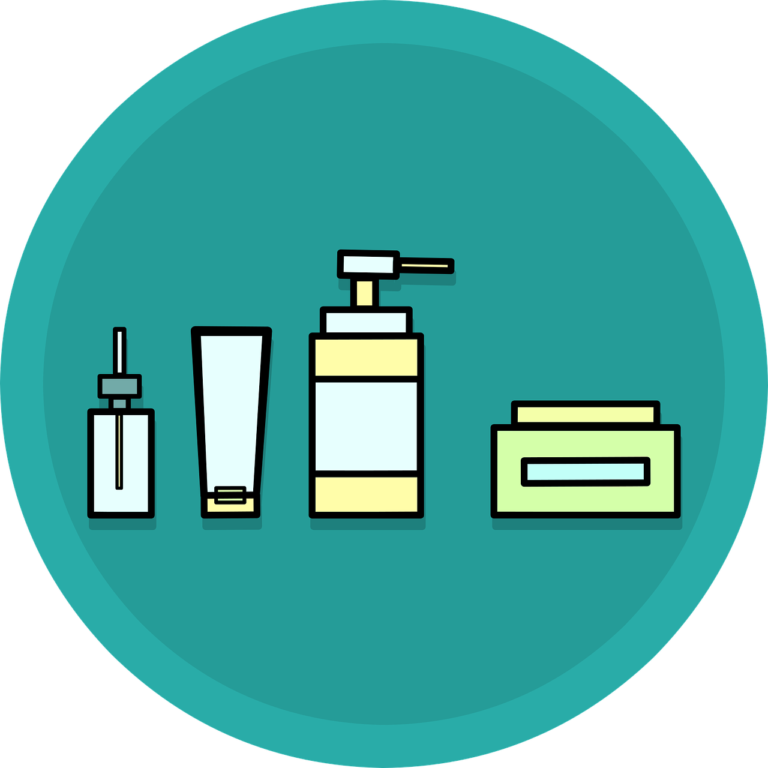
Image Credit: Pixabay Images
As a regular listener of Joe Rogan’s podcast, the episode with Dr Shanna Swan (#1638) was very informative. The talk was on Phthalates (pronounced as Thal-lates) and this chemical compound may be a silent killer lurking comfortably among us. (Ok, to be honest, I have never heard of this word before the podcast and had to dig around to get more information).
What are Phthalates?
Phthalates are a group of chemicals used in hundreds of products, such as toys, vinyl flooring and wall covering, detergents, lubricating oils, food packaging, pharmaceuticals, blood bags and tubing, and personal care products, such as nail polish, hair sprays, aftershave lotions, soaps, shampoos, perfumes and other fragrance preparations. Phthalates are known to be endocrine disruptors because they interfere with the body’s hormones. They are commonly used as plasticizers, i.e., substances added to plastics to increase their flexibility, transparency, durability, and longevity. Also, most plastic sex toys are softened with phthalates (Ahem! The last sentence, Yes, that last one, I took that from a HuffPost article). For an overview on Phthalates, without too much of the technical jargon, Webmd has a good summary on that.
Below is a snippet of Joe Rogan’s talk with Dr Shanna Swan on Phthalates (Warning: Explicit description of genitals).
For the full podcast, check out the Spotify episode #1638 with Dr Shanna Swan (Warning: Coarse language and explicit description of genitals). It is a long conversation but interesting one and worth listening. Whilst listening to the talk, you may like to read further below on Phthalates.
If you interested to read further on her book Count Down, you may buy it from BookDepository or Amazon. Both are affiliate links.
Effects of Phthalates
Phthalates appears to affect all age group and sexes. Pregnant mothers exposed to phthalates also affect the neurocognitive development of the children. Boys exposed to Phthalates at a young age or through their pregnant mothers tends to develop less masculine behaviour.
Prolonged exposure to Phthalates has also been associated with infertility in some studies. Below are the studies on women and men of their respective effects (with appropriate research reference link).
– On women
The effect on women seems to be prominent during their adulthood, which is often attributed to their usage of more personal care products. Some of the major side effects based on research are:
– On men
The effects of Phthalates on male reproduction are better understood than the effects on female reproduction. The major effects on men are:
- Adverse effect on reproductive outcomes
- Low sperm count and quality
- Decreased Testosterone
- Erectile Dysfunction
How do we get exposed to Phthalates?
We are exposed to Phthalates products in many forms. Phthalates enters our body through ingestion (food wrapped in plastic film or single-use plastic container); inhalation (perfumes, deodorants, hair spray); skin absorption (cosmetics, skincare, hair care products or toiletries that have these chemicals in them); intravenous injection (enters into the bloodstream through plastic tubes and transfusion bags). Those are just some of the potential pathways of exposure.
Phthalates in Products
Phthalate compounds are added to products depending on their molecular weight: Phthalates with higher molecular weight (HMW) are poorly soluble in water while Phthalates with lower molecular weight (LMW) are more water soluble.
HMW phthalates are used in construction materials and numerous polyvinyl chloride (PVC) products including clothing (footwear, raincoats), flooring and wall coverings, food packaging, children’s products (toys, grip bumpers), and medical devices. The most commonly used HMW phthalates are:
- di-(2-ethylhexyl) phthalates (DEHP)
- di-isononyll phthalates (DiNP)
- di-isodecyl phthalates (DiDP)
- Butyl Benzyl phthalates (BBP)
Manufacturers use LMW phthalates as solvents in personal care products (perfumes, lotions, cosmetics, shampoo), insecticides, lacquers and in coatings including those used to provide timed releases in some pharmaceuticals. Commonly used LMW phthalates are:
- diethyl phthalate (DEP)
- di-n-octyl phthalate (DnOP)
- di-n-butyl phthalate (DBP)
- di-methyl phthalate (DMP)
- Paraben
Exposure to higher levels of phthalates (DEP, DBP, DINP, DEHP) have been associated with decreased sperm count and male infertility. Women exposed to DEHP and DBP in the reproductive age has the risk of recurrent miscarriages. If you are interested to know about major cosmetic and personal care companies and their compliance, safecosmetics.org has a compilation of that. The site claims that the data are compiled from the company’s respective website. The Centers for Disease Control and Prevention (CDC) has also addressed the issue of Phthalates in their article titled Phthalates Factsheet.
Preventive Measures
We can always make a conscious effort to avoid our exposure to Phthalates or understand its purposes to use it sensibly.
1. Learning to Read the Labels
A careful scan at the chemical content in the products would be helpful. As a guideline, the above-mentioned Phthalates compounds are to be avoided. Next time, when you pick a cosmetics/personal care products (perfumes, lotions, nail polish, shampoo) from the shelf, a quick scan of its composition/ingredients may prove useful.
Below is my recent mouthwash purchase. It clearly states “NO Paraben/Phthalates” (highlighted in red rectangles) – it is a nice feeling making an educated purchase.
(Disclaimer: This was a personal choice purchase and there is no affiliation with Pearlie White mouthwash in any manner)

2. Deciphering the numbers
We understand that plastics needs to be reduced because of its negative environmental impact. But what has not been mentioned much is the adverse hormonal disruption in humans. Considering our dependency on plastics, it would be good to know the 7 types of plastics with whom we interact every day. Below is an image of the 7 plastic types and how they are used (Source: Singapore Food Agency (SFA))
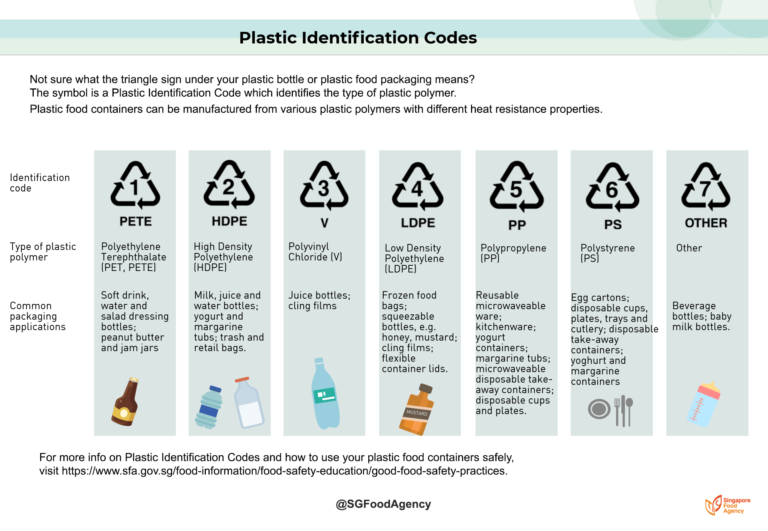
To be on the safer side, it is good to opt for plastic with recycling numbers 2, 4 and 5. Whereas plastics with number 1, 3, 6 and 7 are better off avoiding because they are prone to leach toxic chemicals when heated. Hence, it is very important to know what gets heated in the microwave. Or best, simply use porcelain plates/bowls for that purpose.
We can also make a safer choice by looking into the recycling codes imprinted, usually, under the plastic bottles/containers (Examples of such codes below in red circles).
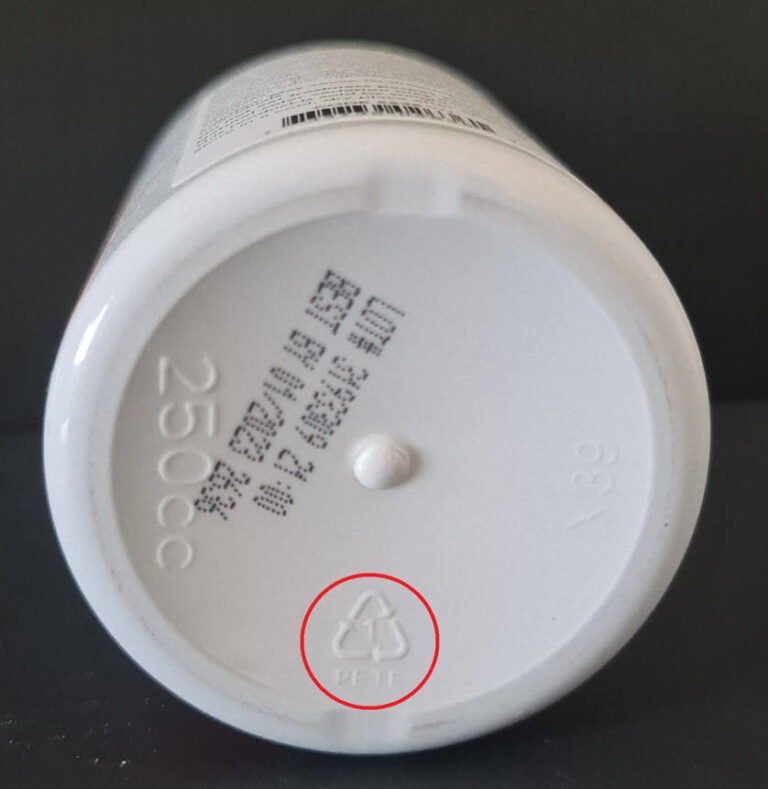
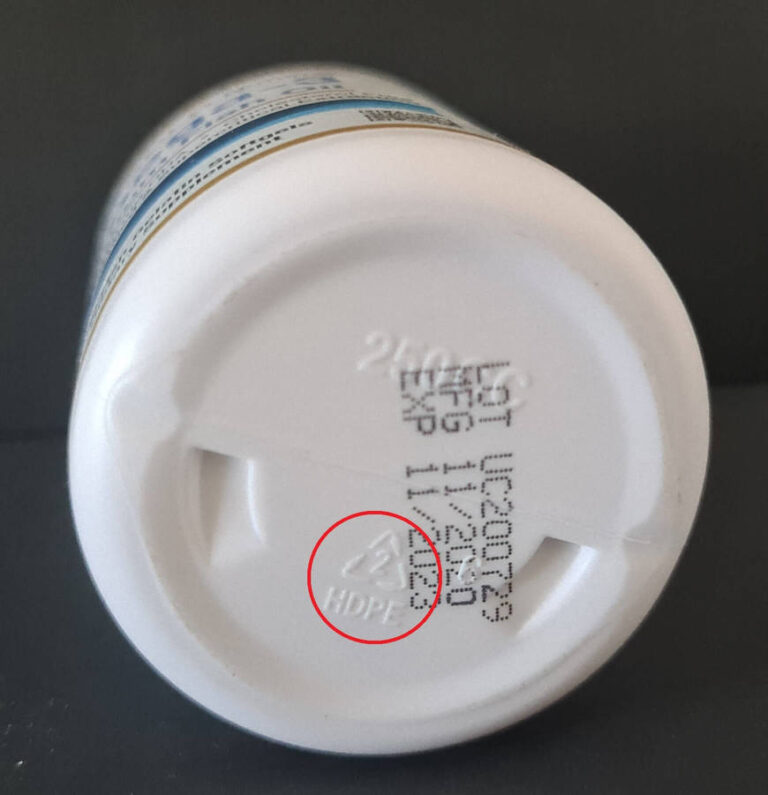
3. Replacing plastics containers with Glass containers
A check at our kitchen shelves would probably reveal how much our lives are intertwined with plastics. From the condiment containers to snacks containers, they are mostly all plastics. Wherever possible, the best choice is to slowly move towards other alternatives like glass, porcelain and stainless-steel containers.
In an effort to move towards the alternative, I have replaced most of the plastic containers at home, especially in the kitchen. Most of the glass containers were bought from Daiso store as they have a good variety at a very reasonable rate – everything at flat $2 SGD (Glass container shelves below are from Daiso at IMM).
(Disclaimer: I buy from Daiso because the price fits my small shirt-pocket budget and there is no affiliation with Daiso in any manner)
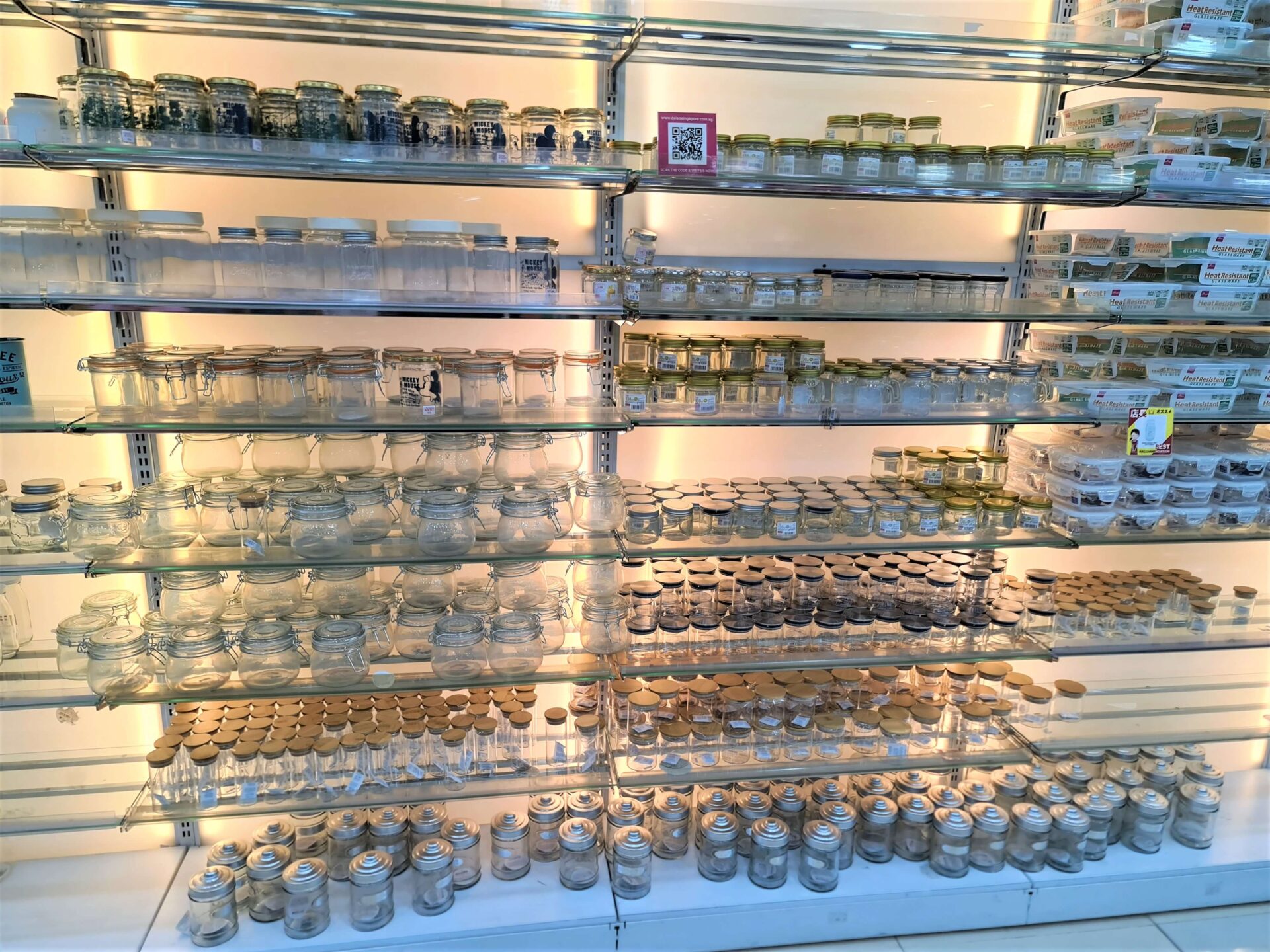

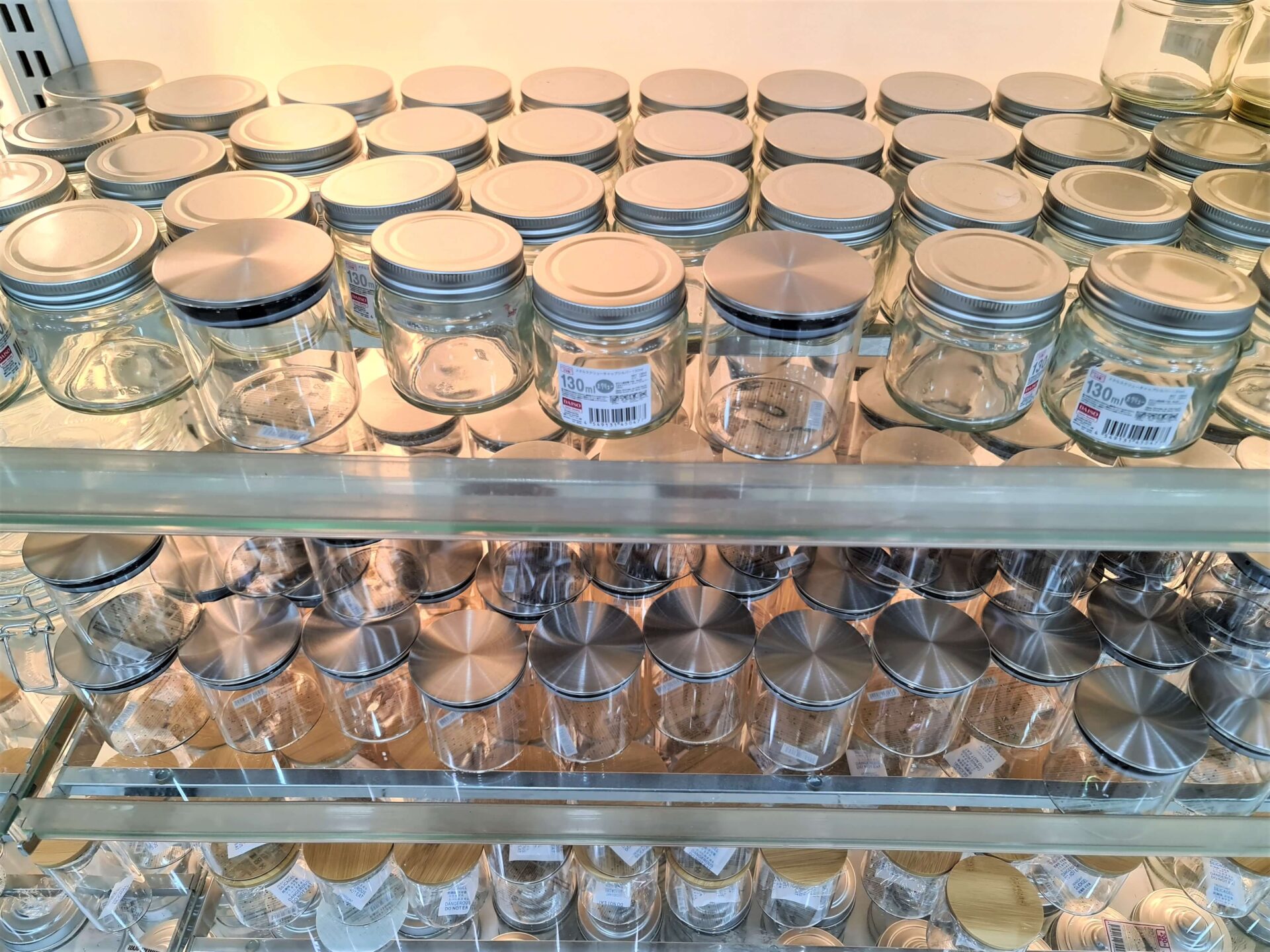
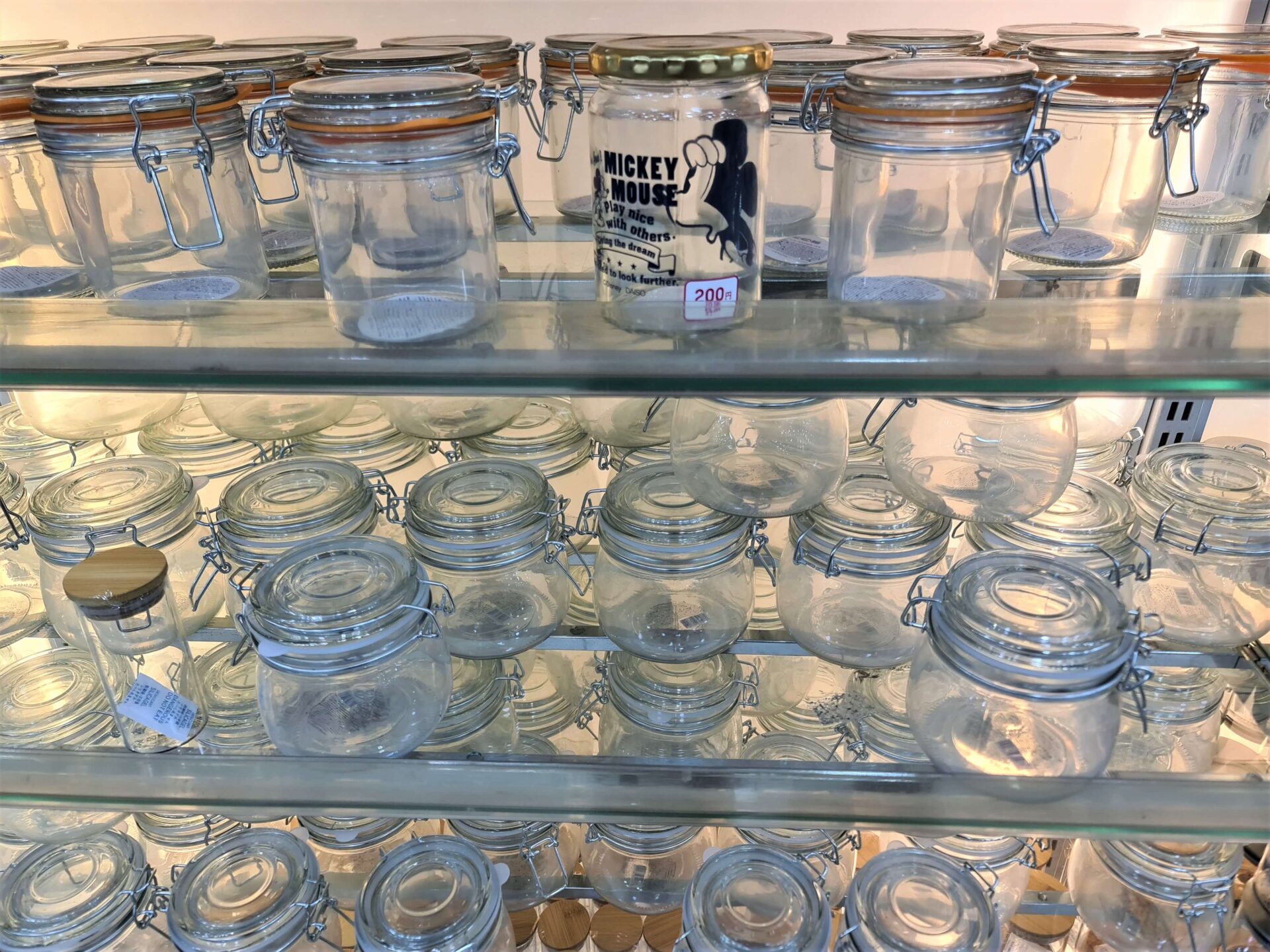
Below are some of the replacement to glass containers at home, including the glass water bottle. Even a used pasta sauce glass container is not spared.
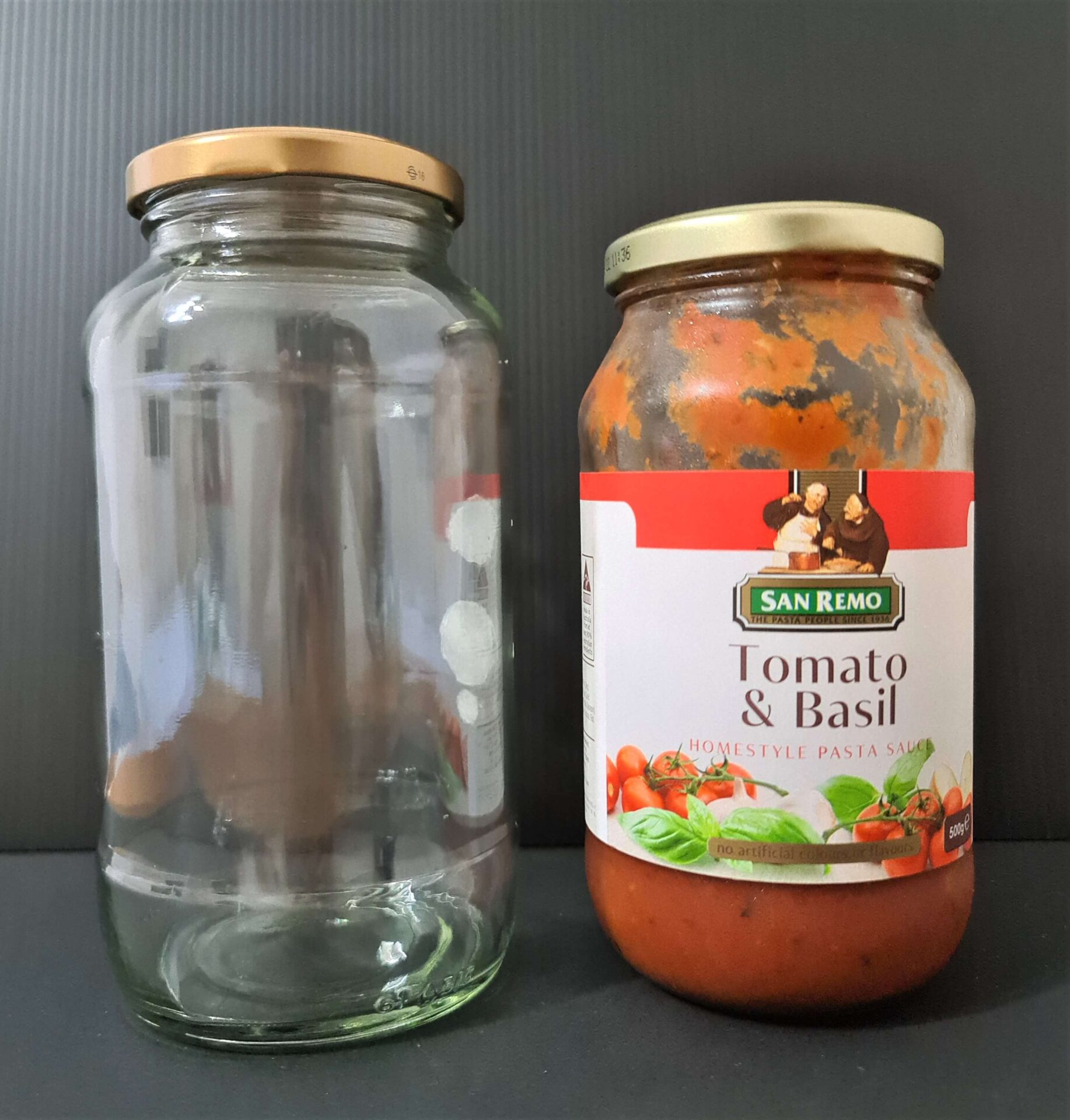
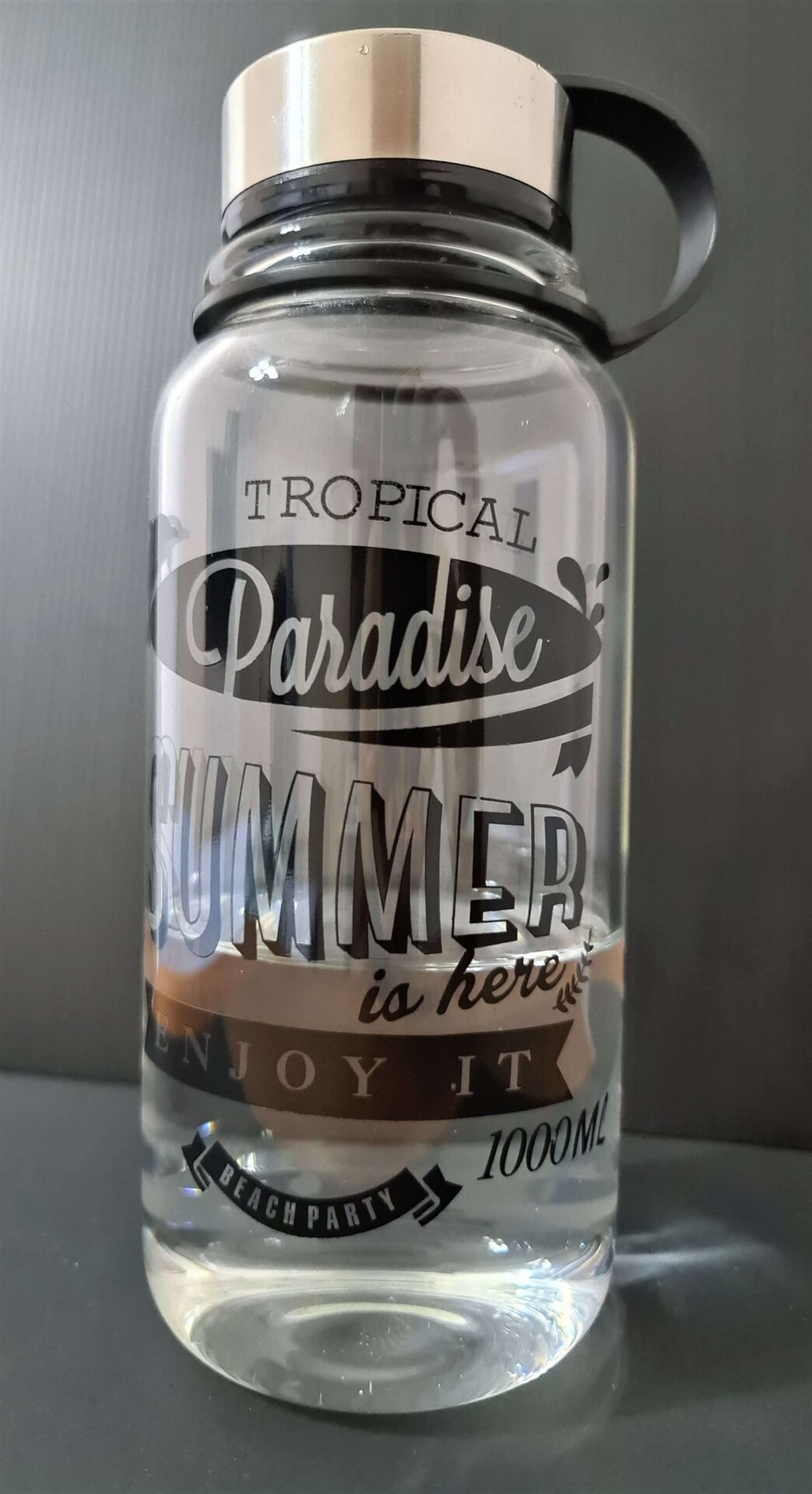
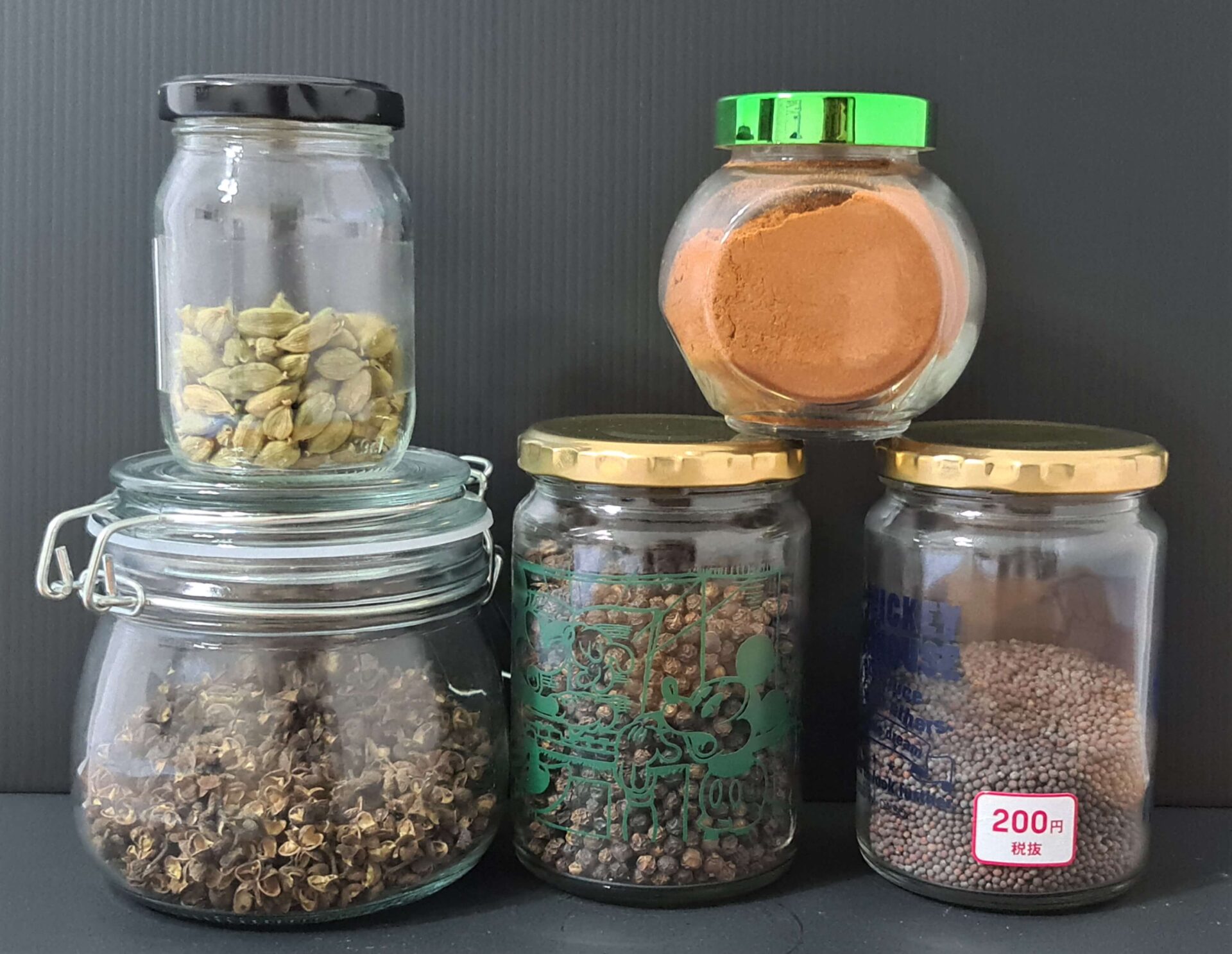
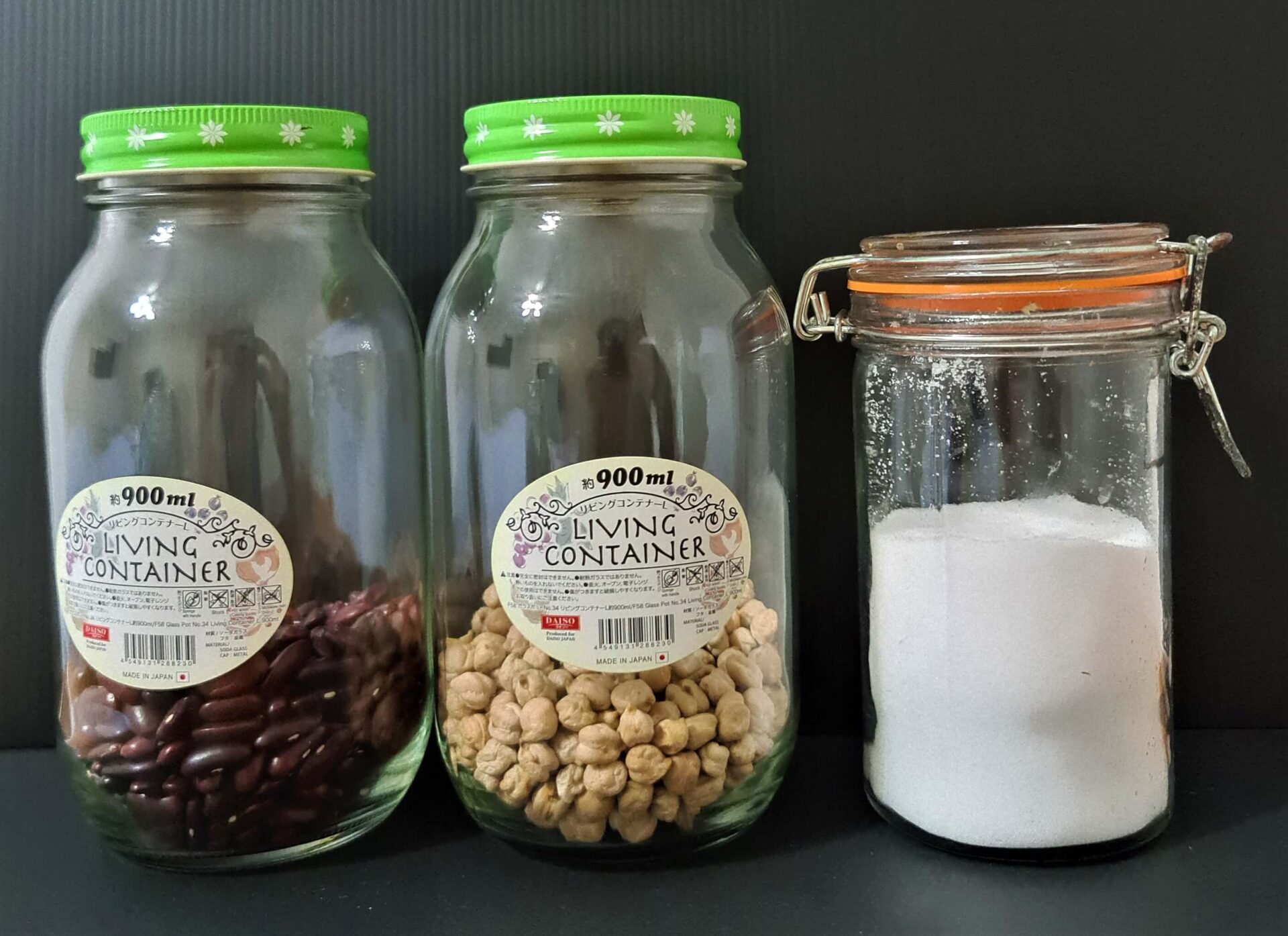
This post is a general overview of Phthalates. If you are intrigued by this post, you may explore further for more details on specific side-effects.
